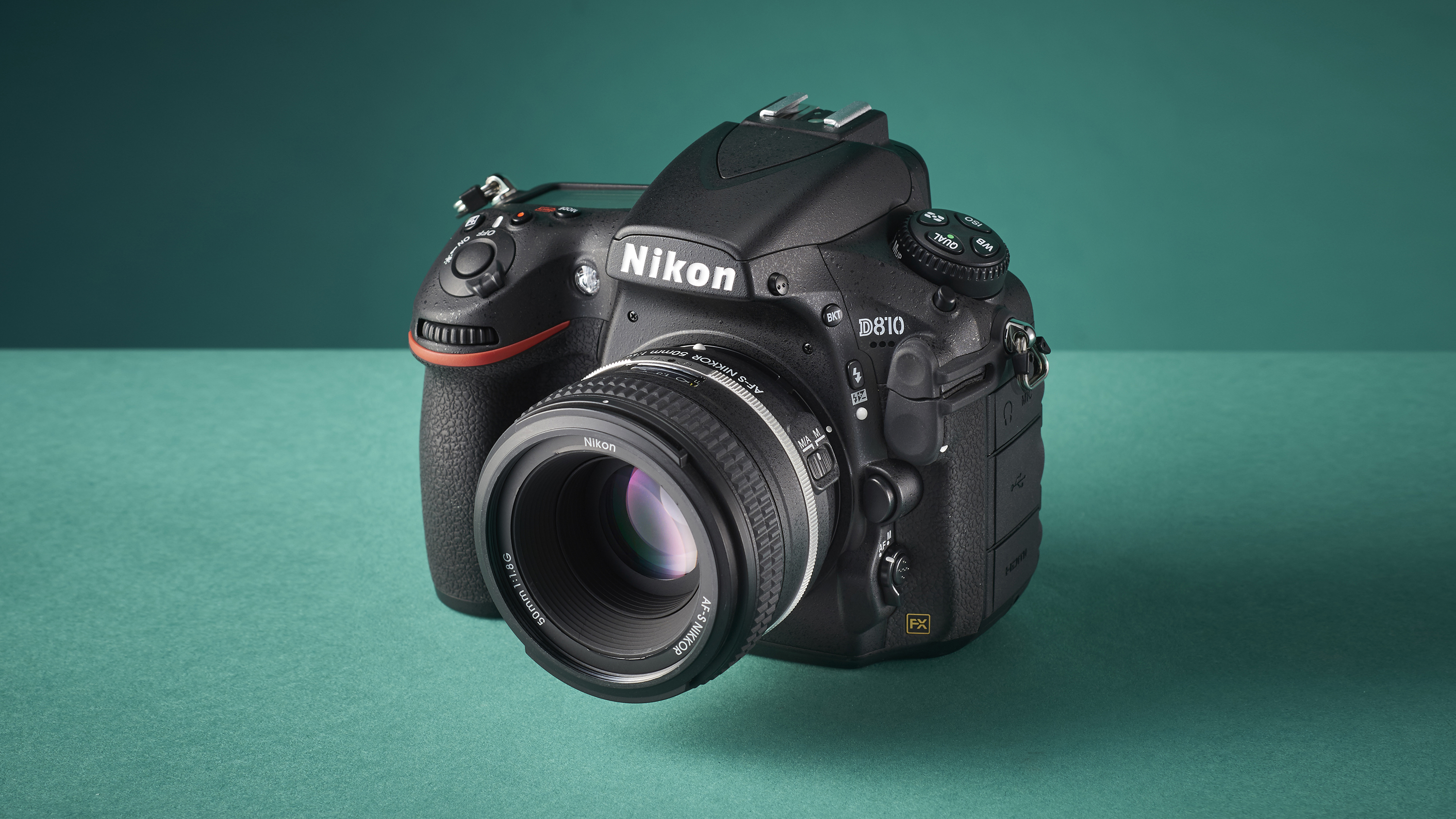Why you can trust TechRadar
While the announcement of the Nikon D800 and D800E was widely greeted with excitement and high praise, the Nikon D810's arrival has been met with some derision.
Although it is disappointing that Nikon hasn't given the D810 Wi-Fi connectivity to allow the average photographer to control the camera remotely via a smartphone or tablet, or to wirelessly transfer an image or upload it to Facebook, it is still an excellent camera and a worthy successor to the D800. It is unlikely that many existing D800 users will want to upgrade, but the Nikon D810 is still an aspirational camera for many.
Given that the D800 has a 36 million pixel sensor, it seems unreasonable to expect a higher count on the D810's sensor. Many D800 users already mention (not to say complain) about the size of the files and the need to upgrade their computer and/or storage capacity to deal with them.
The tiny photosites are also highly susceptible to very small movements that mean that the camera needs to be on a decent tripod and used in exposure delay mode to get the benefit from all of them. Without these 'rules' being obeyed you may as well have a lower pixel count camera that delivers more manageable file sizes.
What Nikon has changed, however, is just about everything else. Or at least everything that's important. The sensor and processing engine are new and allow a non-expansion sensitivity setting of ISO 64, which enables you to open up the aperture just a little more in bright conditions, or extend the exposure time that bit further without needing a neutral density (ND) filter.
The AF system is also updated and is both fast and accurate, the main screen has a higher dot-count and performs better in bright light and the maximum continuous full-resolution shooting rate has gone up by 25%. Videographers (and stills photographers) also get the new Flat Picture Control mode that makes footage better for post-capture grading. And there's a Zebra display to indicate when areas are approaching over-exposure.
Focus peaking and the ability to record 4K footage are notable exclusions from the Nikon D810's video featureset that would've made the camera seem a little more forward-looking.
Sign up for breaking news, reviews, opinion, top tech deals, and more.
We liked
It's surprising how much difference the change to the shutter and mirror box makes - the camera feels more polished and is much more discrete. Its weather-proofing also means that it can be used in harsh conditions.
The autofocus system is also excellent, capable of focusing quickly and accurately and keeping track of a moving subject even in low light.
As with the Nikon D800, Nikon D800E and Sony A7R, having 36 million pixels is really useful when you can't get the composition exactly as you need it in-camera. There is so much scope to crop. The images are also of excellent quality, with well-controlled noise, pleasant colours and superb detail.
I also appreciate the move towards finer grained noise with less smoothing or clumping at high sensitivity settings. It may make the noise more visible to our lab testing, but the images look more natural and detailed at 100% on-screen.
We disliked
According to Nikon, only a very small percentage of photographers who have a camera with Wi-Fi connectivity built-in actually use it for sharing images on Facebook and the like. However, as one who does so on a regular basis, it's something I really enjoy doing because I know I'll have a much better shot than I'll ever get on my phone. Given the file sizes from the Nikon D810, it's not something that people are going to do a lot, but it's nice to have the option – and of course they can also be scaled for faster transfer.
Many users would also appreciate the ability to control the camera remotely via a smartphone, it's a great way of reducing camera shake.
Although the D810's control layout is very good and it handles well, I think Nikon could make better use of its 'i' button and Information screen. I can't see the point in having quick access to customisation features that you are only likely to use once. It also seems a shame to have a screen that shows you the majority of the camera's settings but doesn't let you change them.
Final verdict
The Nikon D810 is an excellent, well-rounded camera that's capable of delivering superb images in a wide range of conditions. Its high pixel count and tremendous detail resolution mean that it is especially well suited for use by landscape, still life and macro photographers, but its autofocus system and noise control mean that it is also capable of delivering superb sport, action and wildlife photographs.
